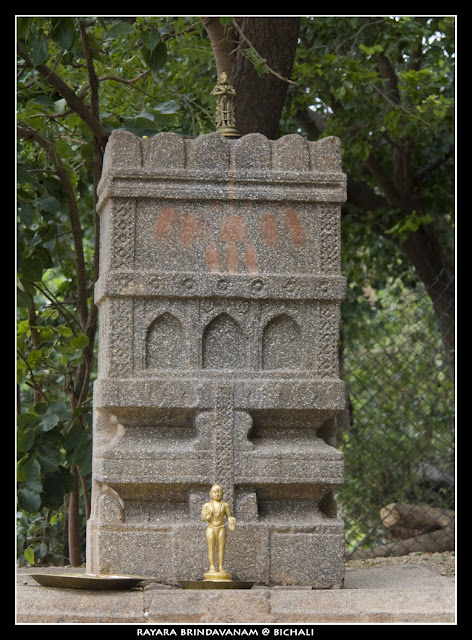Do you know what do the House Crow that we complain as nuisance contributes to the environment upkeep?
Just read this fantastic post by Sumeet after which you may in fact start appreciating the crow for the job it does!
Birds of India: In Praise of Crows: Note: This is not a researched scholarly article based on accepted statistical measurement or scientific data. It examines possibilities and...
Birds of India: In Praise of Crows: Note: This is not a researched scholarly article based on accepted statistical measurement or scientific data. It examines possibilities and...
"It is an understatement to say that they are not much loved. The House Crow, or Corvus splendens is a bird almost everyone loves to hate. 'Splendens' is Latin translates to brilliant - a difficult adjective to use when talking about crows. That it is dark, big, and black is not enough – it is singularly noisy and also a source of urban defilement. It is, therefore, not a surprise that Corvus splendens is regarded as a public nuisance in many countries!"
"House Crows are omnivorous scavengers with a wide-ranging and opportunistic diet. They eat absolutely everything that is edible, and some that may not even be so. The crow feeds largely on refuse around human habitations, carrion, small reptiles, insects, small invertebrates, eggs, nestlings, plants, grain and fruits etc... If the studies on corvids are used as a guide, then the House Crow needs about 300g of food daily. Much of what the average House Crow eats is garbage or human waste – but not all."
"total of 34 million crows in the country"
"So total garbage cleared by crows is:
Urban crows [1,91,00,000 x 165g] = 3,150 tons/day = 11,50,000tons/year
Rural crows [1,50,00,000 x 110g] = 1,650 tons/day = 6,00,000tons/year"
"and the final contribution by House Crows can easily cross Rs 400crores (about US$ 90mn) annually – and this is citizen tax savings!"
























